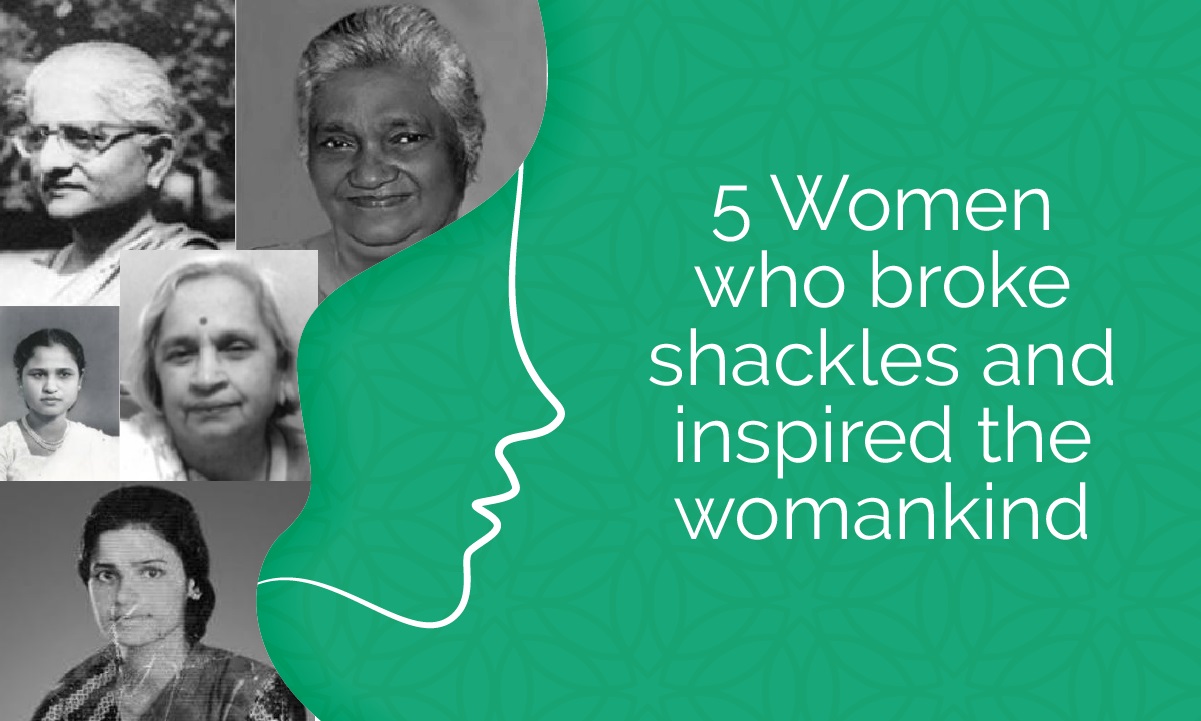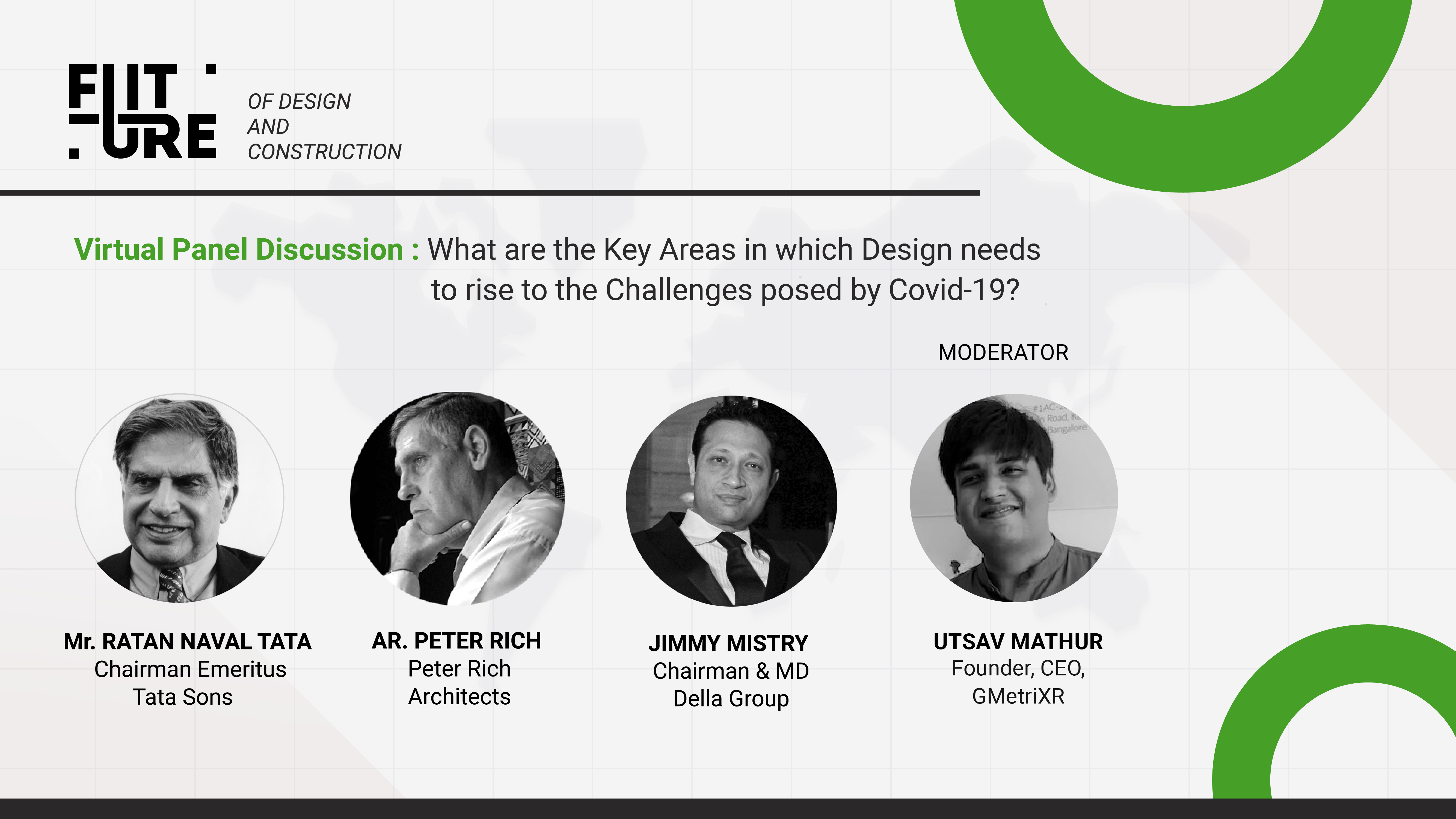It’s no secret that modern technologies are literally revolutionising every aspect of life. Our construction industry, incessantly being upgraded and updated with latest and modern technology, is one evident example of this.
Green building is on the rise, in fact, it is has become a critical part of the world today. The World Green Building Trends recognized the benefits of green building which drew an increasing number of businesses into sustainable construction: Greater health and productivity topped the list while, energy saving, water use reduction, lower greenhouse gas emissions, and natural resource conservation followed.
With this increasing need and craze to build green today, several new construction technologies are being developed to keep up with this escalating shift to sustainability and save our rapidly depleting natural resources. From increasing the use of renewable resources to curtailing carbon footprint, whether in building a new building or greening an existing one, modern technologies can help us achieve our aim to save the planet.
6 Modern Technologies In Construction That Help In Saving Resources
Let’s highlight the top green construction technologies which could help largely in saving resources.
1. Sustainable Construction Materials
Building construction consumes huge volumes of resources, this is exactly where the integration of biodegradable, recycled and sustainable materials can make a huge difference.
A healthy living environment demands the use of the right building materials. In general, building materials can strongly influence the indoor climate and quality of living. Clay is the oldest known versatile building material which has lasted for centuries sustaining its value and utility, it is the most plastic and workable material as it takes shapes of a toy to a material used for making high rise buildings THE BRICK. Sustainable materials are great as they help in preventing quickly exhausting natural resources.
Another example are steel beams, these are made from recycled metal. Biodegradable materials like natural paints, which are void of the VOCs (volatile organic compounds) help in eliminating indoor pollution. These decompose naturally without contaminating our planet.
2. Zero-Energy Buildings
These are specially engineered and designed building structures that depend on renewable energy sources, like solar and wind power. This allows them to operate independently of the electric grid. Such green scheme not only aids in saving energy but also thwarts additional greenhouse gas emissions.
Zero-energy designs efficiently use solar cells and panels, bio-fuels, and wind turbines, among others, and fulfills the building’s electricity and HVAC needs. Well, such construction is more expensive, but in the long run benefits of energy-saving and sustainable business practices induce businesses to consider it a sound investment.
3. Water Efficiency Systems
Buildings use 15 trillion gallons of the world’s potable water every year. Systems designed for water efficiency can help in lowering water usage by nearly 15 percent. Such systems include rainwater harvesting and grey-water reuse to make use of recycled water, water-conservation fixtures to efficiently manage water consumption, and on-site sewage treatment to remove contaminants from wastewater.
4. Storm-Water Management
Storm-water management purposes are to mitigate erosions in rural areas and floods in urban locations which can arise due to sudden downfalls of rain or snow. This can be done by landscaping the areas to manage the huge volumes of water on occasions of heavy storms. Currently, there are many storm-water management practices, detention ponds, onsite detention tanks, and incorporating plants through green infrastructure are few to name.
5. Low-Emittance Windows
Green version of windows is known as low-emittance windows. These are typically coated with metallic oxide which helps in blocking the sun’s severe rays during the hot summer months which can help in bringing down the HVAC costs.
6. Cool Roofs
Just like low-emittance windows, cool roofs reflect heat and sunlight away. These roofs are made of special tiles and coated with reflective paints and have very high levels of thermal emittance and solar reflectance which work as a force and allow very less absorption of heat. Ultimately, cool roofs are a great way to keep the building interiors cooler and significantly reduce energy use. In addition to that, they also reduce the amount of greenhouse gas emissions.
Final Thoughts
Going green adds up too many advantages that businesses cannot ignore. Irrespective of the fact
Originally Published On LinkedIn By Kundan Dighe (Associate General Manager – Sales & Product Development at Wienerberger India Private Limited)
You May Like – How To Protect Your Building From Heavy Rains








